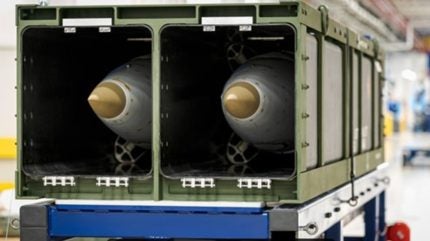
Lockheed Martin has received an indefinite delivery indefinite quantity contract potentially worth $4.94bn from the US Army to produce more Precision Strike Missiles (PrSMs).
PrSM is the US Army’s advanced long-range precision strike missile, with an open systems architecture, providing flexibility and modularity for future upgrades.

Discover B2B Marketing That Performs
Combine business intelligence and editorial excellence to reach engaged professionals across 36 leading media platforms.
Increment 1 of the PrSM programme is set to supplant the existing Army Tactical Missile System (ATACMS), delivering enhanced range and destructive power to the artillery units of the army.
It is compatible with both the High Mobility Artillery Rocket System (HIMARS) and the Multiple Launch Rocket System (MLRS) platforms.
The HIMARS can carry a six-pack of GMLRS rockets, two PrSMs, or one ATACMS missile. It is engineered to deploy the entire MLRS family of munitions.
The MLRS itself is a mobile, automatic system that launches surface-to-surface rockets from the M270 family of launcher weapons platforms.

US Tariffs are shifting - will you react or anticipate?
Don’t let policy changes catch you off guard. Stay proactive with real-time data and expert analysis.
By GlobalDataThis PrSM offers support to brigade, division, corps, army, theatre, joint, and coalition forces.
Lockheed Martin notes that the missile enhances the army’s ability to attack, neutralise, suppress, and destroy targets with indirect fires reaching distances of over 499km.
Lockheed Martin precision fires launchers and missiles vice-president Carolyn Orzechowski said: “Lockheed Martin is committed to delivering this deterrent capability in support of the army’s vision for a lethal and resilient force.
“Our team remains focused on advancing the production at speed and scale, ensuring the warfighter receives this critical capability to maintain peace through strength.”
The company maintains its schedule of supplying the US Army with extended-range Precision Strike Missiles, moving the missile system toward its full production phase.
In 2023, the US Army took delivery of the first PrSM long-range precision fire missile.
Last month, Lockheed Martin and the US Army carried out a PrSM flight test at Vandenberg Space Force Base, following another test in February at White Sands Missile Range in New Mexico.
The February test involved launching two Increment 1 PrSM units from a HIMARS against a distant target.





